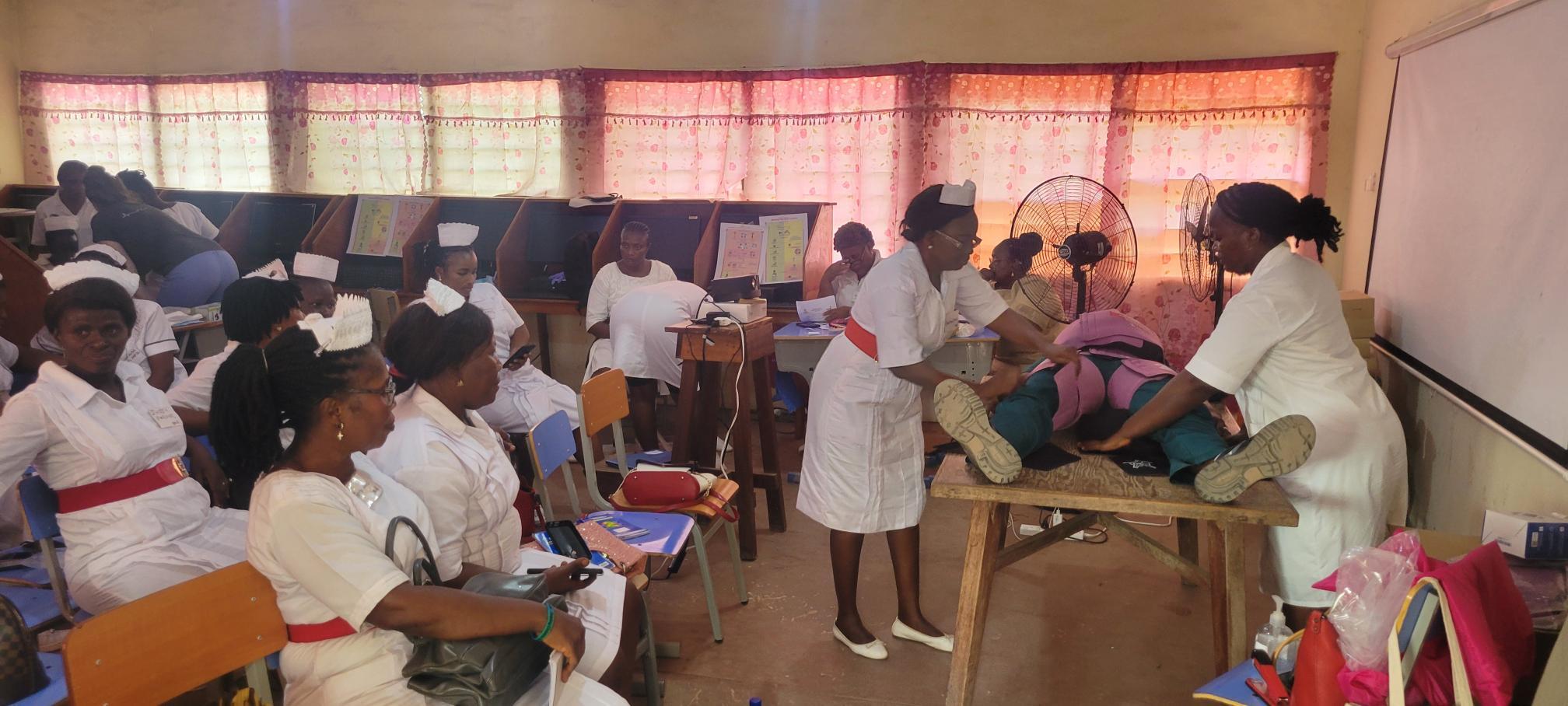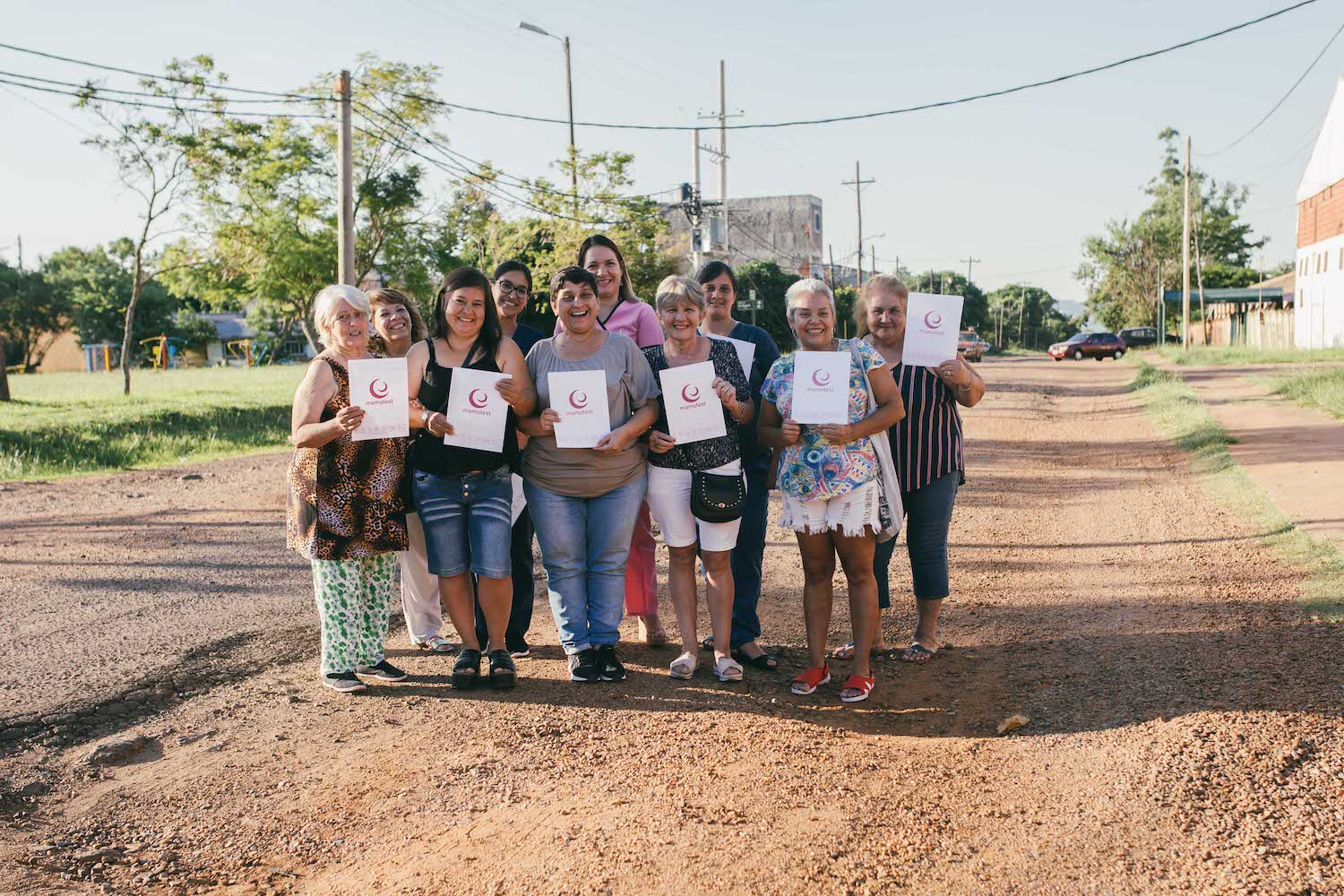Editor’s note: This guest post is sponsored by Impact Ventures by J&J Foundation, which supports ImpactAlpha’s Investing in Health coverage. In partnership with Impact Ventures, ImpactAlpha is exploring the market potential of impact investments in purpose-driven entrepreneurs working to improve health outcomes for underserved communities around the world.
The health sector in emerging and frontier markets is ripe for innovation and impact. Longstanding historic challenges, including underdeveloped health systems, care disparities, and health workforce shortages, have widened the gap between healthcare supply and communities’ needs. Still, there are numerous reasons to hope we can close that gap and increase widespread, equitable access to essential health services in these markets. Our hope stems from the growing opportunities for novel solutions and commercial scale.
Investors who want to align social needs and commercial opportunities must consider new impact-centric investment models that expand the spectrum of tools through which capital allocation risk can be mitigated and social impact can be effectively monitored and scaled.
The talent and technology for massive health impact are there — ready to be funded.
Expanded internet access in low- and middle-income countries (LMICs) and advances in digital health technologies, data management solutions, and artificial intelligence (AI)-driven decision support tools are revolutionizing how care is delivered and accessed. This supports the expansion at scale at which solutions can be applied in communities that health systems have historically overlooked.
In parallel, there are exponentially increasing concentrations of knowledge capital in LMIC centers like Mumbai, Bogota, and Nairobi. Growing pools of local talent with globalized business, financial, clinical, and strategic expertise are starting and growing companies with domestic and multinational expansion aspirations. These technological and population-based macro-trends are reshaping the risk-reward landscape for current and future investors.
Despite market opportunity, the primary limiting factor remains the scale of impact investing. According to the latest Global Impact Investment Network (GIIN) 2023 Impact Investment Survey, impact investing in the healthcare sector has increased from USD 4.349 billion in 2017 to USD 13.798 billion in 2022. While the growth is impressive, it remains far short of the WHO’s estimated USD 371 billion annual expenditure necessary to meet SDG 3 targets for Health & Well-Being for All in LMICs and to achieve Universal Healthcare (UHC) for the 52% of the world’s population currently lacking access to essential health services.
The momentum toward greater, more innovative financing is undeniable.
While investment levels fall far short, there is rapidly-growing potential to unlock more capital and support scalable innovations that will impact the lives of millions. Active capital allocators in this domain, including development finance institutions, corporate venture funds, philanthropic foundations, and impact investment managers, including those we work with through Baraka Impact Finance, are showing great progress in increasing capital deployment. There are myriad approaches to new financing models and cross-sector partnerships that can act as a roadmap for other investors seeking risk mitigation and performance accountability while providing company founders new access and flexibility for their financing needs.
Among these varied approaches, three themes stand out, accelerating and strengthening the ecosystem of health impact investing:
- Blended capital in perpetuity: Scaling health innovation in emerging and frontier markets requires flexibility. Scale with margin is achievable in some market segments; success in other segments will require experimentation and subsidization. Blended capital structures, in which investors and other funders (e.g., philanthropic and public sources) form a capital stack and a range of risk-return-impact expectations serves the growth of these companies not just at pre-seed and seed stages, but throughout the growth trajectory of companies operating in low- and middle-income markets.
- Co-investment partnerships as a mandate to scale: Collaboration between investors is not only critical to creating these blended capital models but also streamlines the sourcing of pipeline and drives efficiencies and cost reduction on commercial due diligence and social impact evaluation and monitoring. We notice increasing sophistication in the convening of financing partnerships, allowing investors and founders to find new kinds of alignment on commercial return expectations and impact milestones that serve the respective fiduciary demands of diverse stakeholders.
- Impact metric-tied, performance-based financing is growing in maturity: In tandem with the growth in financing partnerships, impact investment models for the health sector are coming of age. They are becoming increasingly sophisticated, performance-based financing vehicles that tie health access, affordability, and quality improvement outputs, as well as individual and community health outcomes, with financial incentives to companies. More and more commonly we see: debt financing, in which interest rates are favorably adjusted to founders based on agreed-to population health metrics; equity investments, in which preferred exit terms are negotiated based on achievement of pre-determined social milestones; and tranched or staged grant allocations tied to key performance indicators. The upfront burden of negotiating these structures is offset by the introduction of a potent additional layer of business rigor addressing investors’ need for accountability and, for founders, enhanced access to capital and strategic partners.
We need new tools to track new players and processes in real time.
All these activities take place amidst rapidly evolving market conditions and a landscape of actors observing many different dynamics from many different vantage points. This makes coordination and connection incredibly important if we want to drive progress forward. Our team launched Baraka Analytics, a rigorous data analytics platform and investor hub, in January 2024 to support this forward momentum and improved coherence in the landscape — and to ensure investors and founders share the same baseline understanding of market data and insights.
Ultimately, opportunities abound to tap into health innovation and impact in emerging and frontier markets. Doing so successfully will require this community of investors, founders and global stakeholders to lean into the new models of financing, coordination and measurement — and to stay deeply attuned both to each other and the quickly changing marketplace of innovation and ideas.
Editor’s Note: Readers can learn more about Baraka Analytics from their global unveiling in Berlin at the World Health Summit 2023.
James Bair is Partner and Managing Director, and Carolina Batista is Head of Global Health Affairs at Baraka Impact Finance.











